The Independent's journalism is supported by our readers. When you purchase through links on our site, we may earn commission. Why trust us?
Blueair healthprotect 7470i: The specialist air purifier that’s small but mighty
Can the Swedish device really banish bacteria, bad odours and pollen from our home? We found out
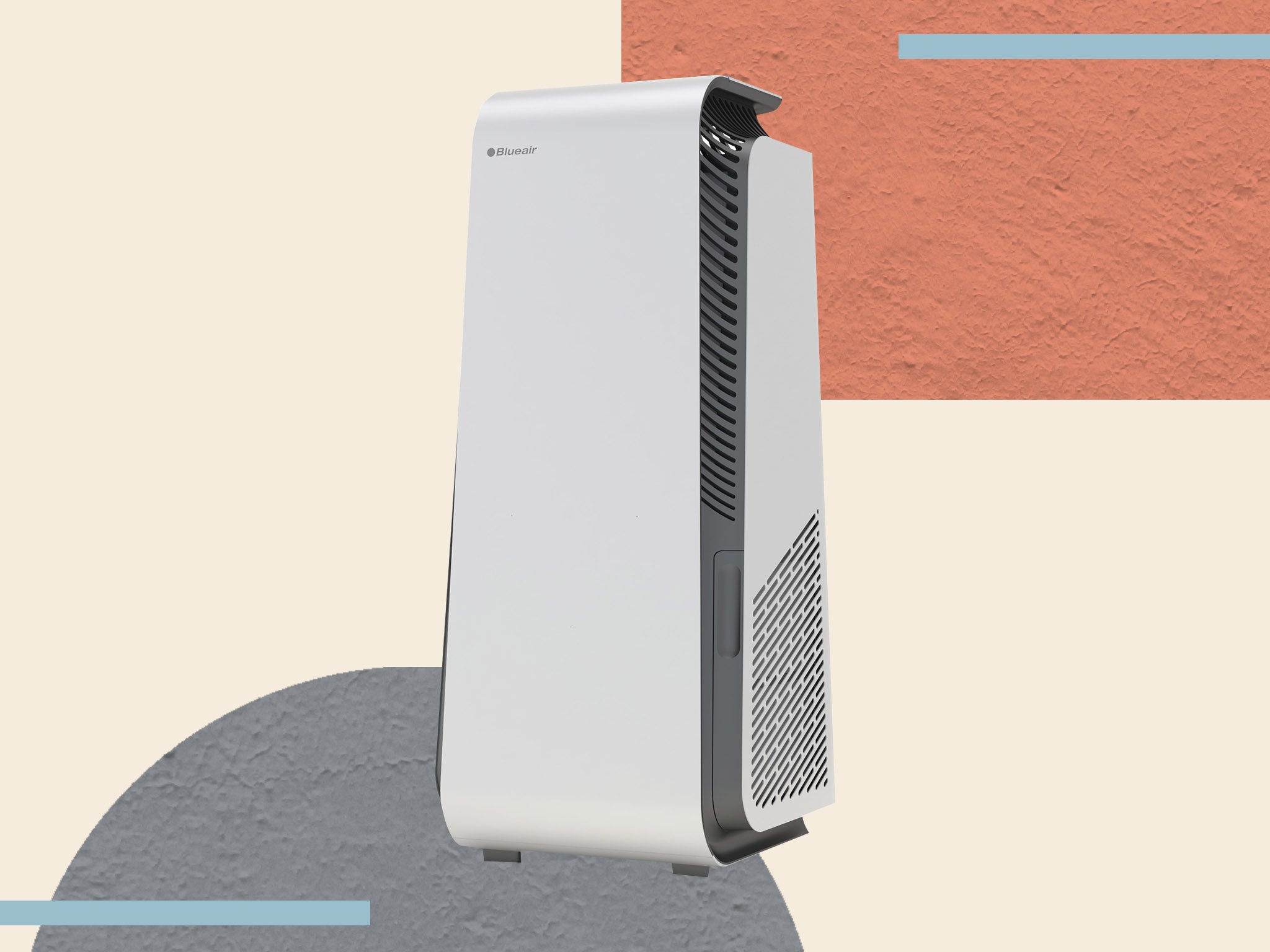
Unless you’re researching air purifiers, you’ve probably never heard of Blueair before. That’s because, unlike other household name brands, this Swedish firm only makes air purifiers and filters – and it’s exceedingly good at it.
Its product range includes small, bedroom-friendly devices that start from just under £160 to powerful top-of-the-range machines that are designed for offices. And every device it makes uses its trademarked HEPASilent technology, its own version of the high-efficiency particulate air (HEPA) filter.
Similar to the HEPA filters used in hospital operating theatres, this low-energy filter can remove everything from bacteria and viruses to pollen and bad odours – and it can do it so quietly, you can sleep right through it.
The healthprotect range is the latest addition to the Blueair product line – it only launched in October 2020 – and features two sizes of air purifier, with either numerical or LCD displays. They’re designed to be on 24/7, and will filter out any pollutants in the air, including bacteria and viruses.
The smaller devices in this range, which includes the Blueair healthprotect 7470i, have also been shown in independent tests to be effective at removing coronavirus from the air – a first in the home air purifier industry.
Read more:
How we tested
Impressed by its credentials, we put the Blueair HealthProtect 7470i to the test to see just how easy it is to use. We put this device in a range of environments, including during and just after cooking in the kitchen, as well as after the windows had been open for a whole day, and at night time in the bedroom. We also tried out the different settings available via the app, to see just how effective it was at purifying the air.
Blueair HealthProtect 7470i air purifier review, £699, Blueair.com
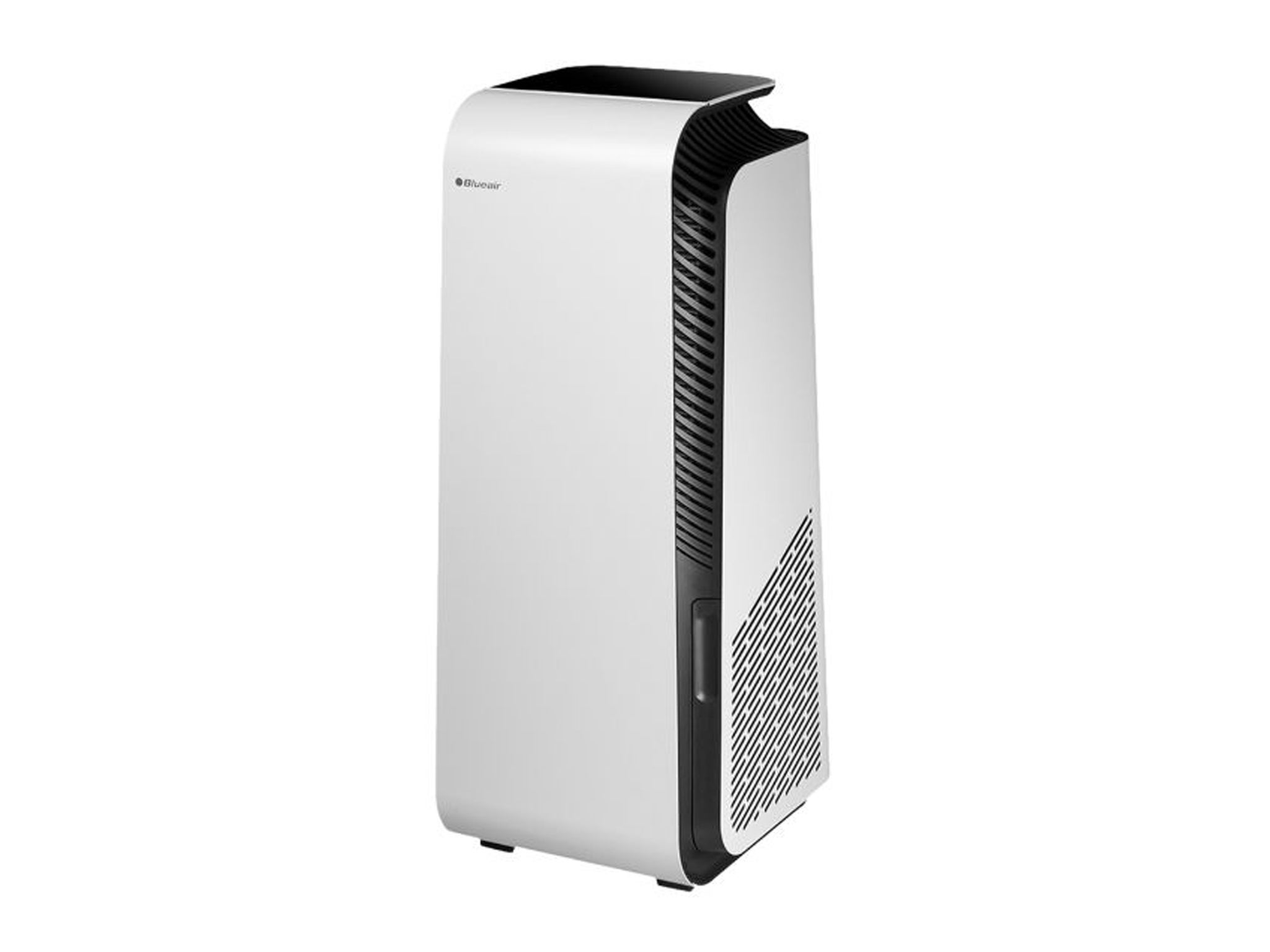
- Fan setting: Zero to three
- Quiet Mark certification: Yes
- Oscillation: No
- Remote control: Yes, via the app, Amazon Alexa or Google Assistant
- Timer: Yes, scheduling via the app
- Power: Up to 44.4W
- Warranty: One year as standard, five years if you register
- Weight: 12.5kg
- Height: 690mm
- Max width: 300mm
- Rating: 8/10
Design
The Blueair healthprotect 7470i is pretty minimalist when it comes to design, and we think its black-and-white rectangular frame will blend in rather than stand out in most homes. And that’s part of its identity – always working in the background.
The front and back of the device are covered by solid white plastic panels. An LCD display on top lets you adjust the function and monitor the air quality while, at the base, you’ll find the dock for plugging in the power cable and a winder to tuck away any excess wiring. There’s also a pair of wheels to help you move the machine around, although it’s light enough to lift up if needed.
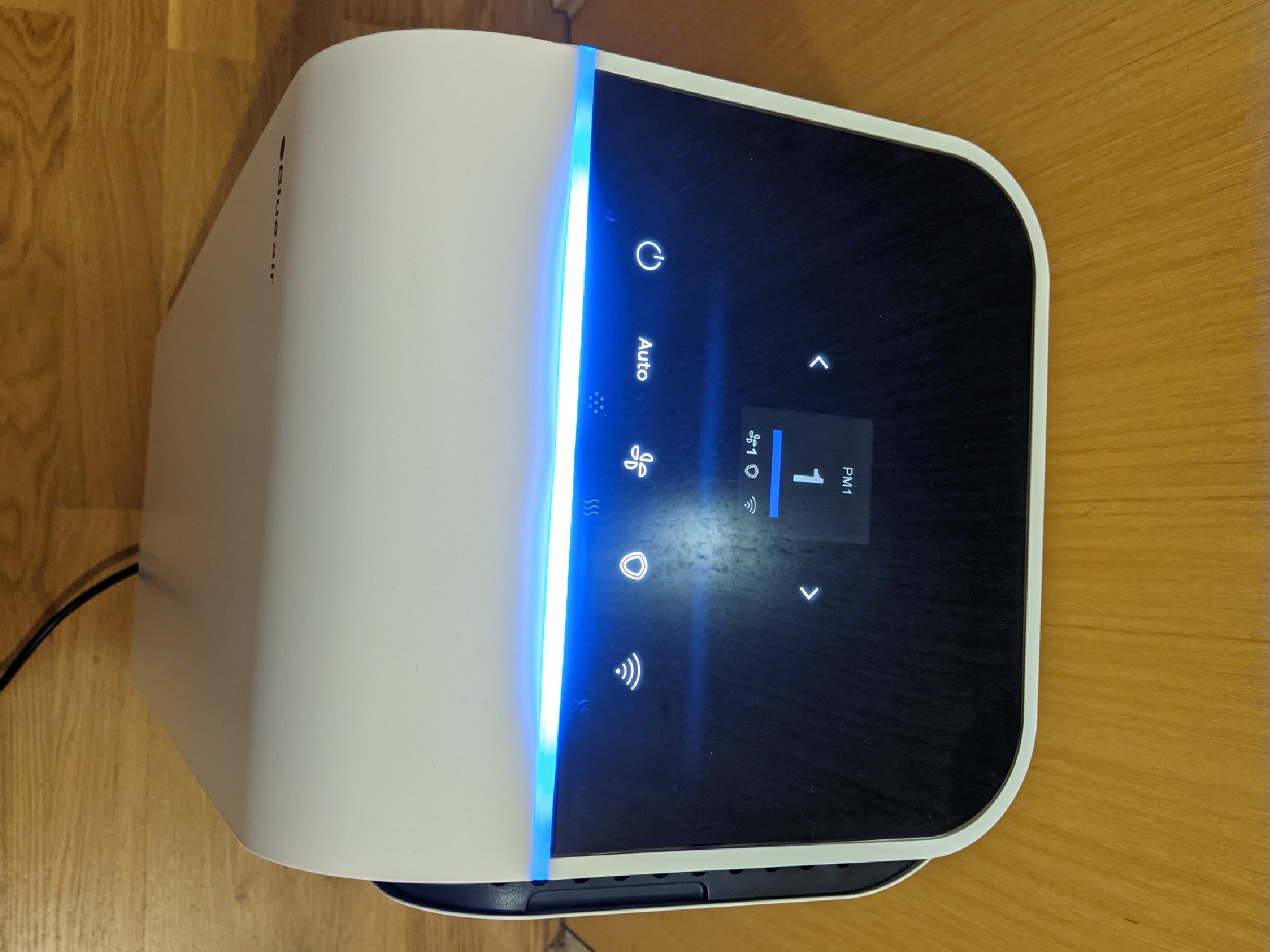
Most of the action is on the sides of the machine. Positioned across the bottom third of the device on both sides are vents where the air is drawn in. There are two removable pre-filters behind these that help to trap any fluff or debris that might otherwise be sucked into the machine – these need to be cleaned regularly with a soft brush or a vacuum cleaner, and we’d recommend doing that weekly.
Another vent, on the left-hand side of the machine just above the main one, draws in air for monitoring. It means that on auto mode, the machine can automatically assess whether it needs to switch on the fan and at what speed.
On the right hand side of the machine, you can access the main filter. It opens up like a book and rests just above the fan inside. The idea is that after removing the used filter, you just “close the book” to stop any dust from falling out.
Read more: Dyson’s pure cool me is a pricey but perfect fan for small spaces and allergies
Depending on the conditions in your home, these will need to be replaced every six to 12 months at a cost of £85 each time. An RFID chip fitted on the filter will let you know exactly when it’s ready to be changed. And unlike the Dyson pure cool me (£299.99, Dyson.co.uk) filters, these can be recycled.
The top two-thirds of the machine are dedicated to the air outlet, with the vent wrapped around the entire edge of the device from the side upwards and into the back. This spiralair design is another patent-pending trademark from Blueair and is supposed to deliver clean air to every corner of the room, so there’s no need for the machine to oscillate.
Features
The healthprotect has been shown to be effective enough to remove coronavirus from the air, but it’s worth bearing in mind that the tests were conducted in a controlled lab environment, and in a much smaller space than the 38 sq m area the machine is capable of handling. It’s also in no way meant to replace washing or sanitising your hands. What it does do is make sure anything airborne is removed over time.
Its HEPASilent technology also work in a different way from the standard “true HEPA” filters seen in other devices. In true HEPA filters, air is forced through multiple layers of material, each more fine than the last, until most of the harmful particles are caught in the filter’s layers.
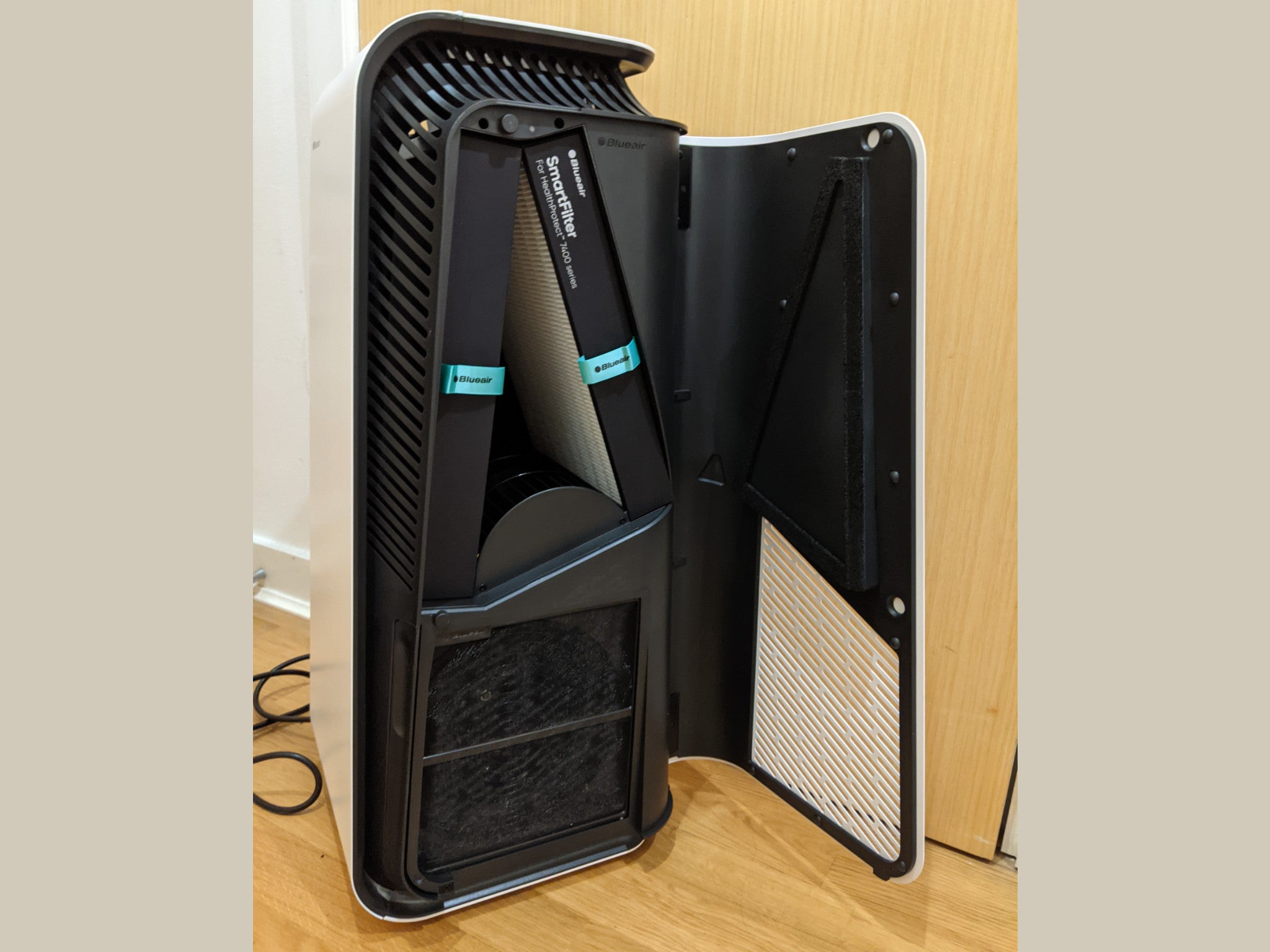
However, Blueair’s HEPASilent technology features an extra step. Before the air passes through the filter, it goes through an area where the particles become electrically charged. More of the charged particles get caught in the filters than the uncharged ones, which is why Blueair can use a less dense filter and still achieve the same results.
In fact, Blueair says it can produce 50 per cent cleaner air, use 55 per cent less energy and create 10 per cent less noise than traditional HEPA filters. It can also clean the air in your entire room five times in the space of an hour.
What really makes this air purifier a market leader is that you can literally set it and forget it. The device is constantly monitoring the air quality in your home by checking for particulate matter (particles in the air like pollen or viruses), volatile compounds (such as smoke or cooking odour), temperature and humidity.
Read more: 10 best fans that make keeping cool a breeze
In auto mode, the device will adjust the fan speed accordingly. For example, most of the day the machine will be on low but the minute we start cooking, it will whack up the fan speed to three to suck up all those cooking odours. You can also switch on its GermShield technology, which is supposed to kick into action when the conditions are right for bacteria to grow on the fan, even if the air quality is excellent.
As the device shows you the air quality in your home in real time, you can manually (or via the app, Amazon Alexa or Google Assistant) adjust the fan speed if you want to be more hands on.
Through the app, you can also set different schedules to suit your lifestyle – night mode on between 12am and 8am from Monday to Friday and 2am and 10am at the weekend, for example. Or, if you’ve been away for a while, switch it on remotely before you get home.
Usage
This was really easy to set up – once you’ve unboxed it, you can pretty much plug it in and go. Although you can control the device using the LCD panel on top of the machine, we’d definitely recommend downloading the app for extra functions like setting schedules, monitoring the air quality and controlling the device remotely. You can also turn off the extra lights on the display for night-time use.
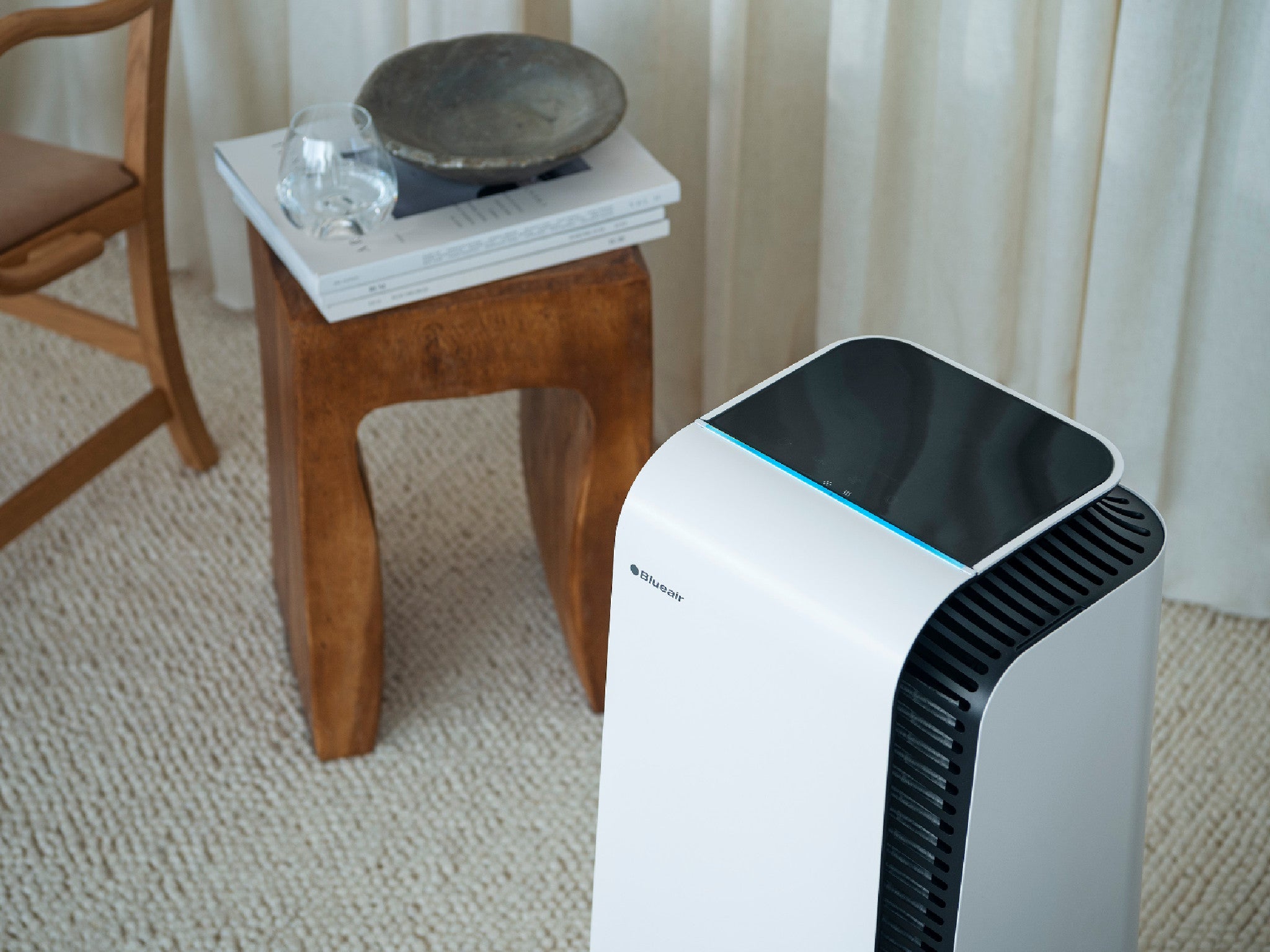
It’s hard to fault the machine when it comes to filtering the air. According to the app, the air quality in our home was mostly excellent. But on the occasions when it felt stuffy (we didn’t have it on auto), it turned out there were more particles in the air than usual, but a quick blast of the air purifier soon cleared that up.
When it comes to cooking smells, though, it’s certainly no match for opening a window. And you’ll find that on auto mode, the fan will be on high for several hours afterwards to try and clear the air and this can be quite loud.
There are two other areas where we feel there is room for improvement. First, the app. There’s always a little delay when we’re trying to check the air quality on the app and it usually shows us the information from the last time we opened it rather than the current data. It can take a minute or so to catch up, but sometimes we just have to restart the app.
Read more: 8 best robot vacuums that clean effortlessly
The other thing is that it’s not as portable as we’d like. Although the Blueair HealthProtect 7470i is designed for a larger space, such as a living room, where it wouldn’t normally be moved, the fact that it has wheels suggests it should be easy to move around. Yet, we found that the minimalist design made this extremely awkward, especially if you just want to shift it sideways to do some vacuuming.
The wheels are at the back of the device but as the front of the machine is curved, tipping it backwards onto its wheels takes a few tries every time. It’s even more difficult if you have it flush against a wall.
There’s also no handle to help you pull the machine along, only a protruding ledge to hook your fingers onto. And even then it takes some adjustments as the wheels only move forwards or backwards.
The verdict: Blueair healthprotect 7470i air purifier
Powerful enough to clean the air in a 38 sq m space, the Blueair healthprotect 7470i is more than sufficient for most rooms in a British home and the fact that it hardly takes up any room at all is a feature we can get behind. On top of that, it’s whisper-quiet on lower settings and super energy efficient, which means we could actually use it 24/7 without worrying about the bills or its effect on the environment.
Blueair is also known for donating its air purifiers to schools, and working with governments and NGOs so more children around the world can have access to clean air – just another reason to love the brand.
So, if you can get past the downsides – and we don’t think they’re major drawbacks – then it’s definitely a family air purifier we can recommend.
Voucher codes
For the latest discounts on home tech, try the links below:
If you’re after removing impurities from water as well as the air, check out our review of the best water filter jugs